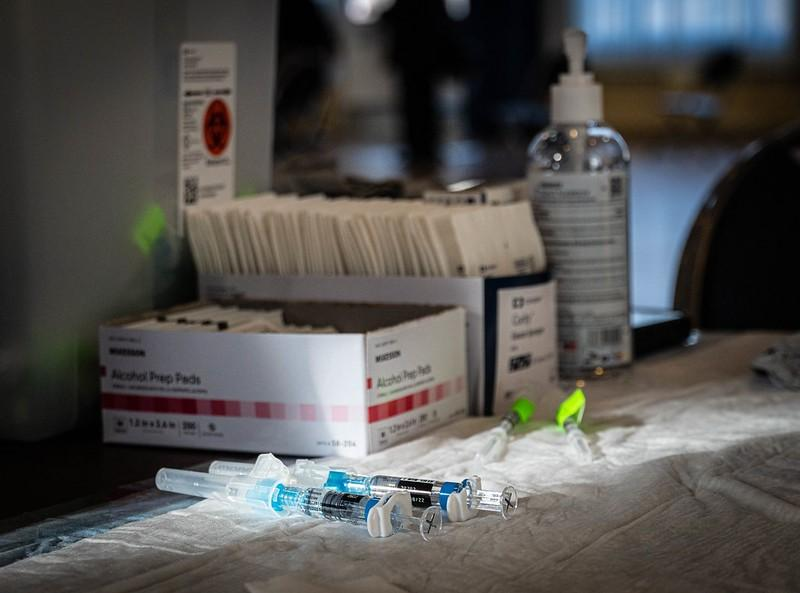
A new report in Emerging Infectious Diseases reveals an 11.8% prevalence of long COVID during the Omicron BA.5 wave in Japan, based on outcomes seen among 25,911 adults 20 years and older.
Japan experienced the seventh wave of COVID-19 in July 2022, caused by the Omicron subvariant BA.5 lineage, the authors said.
"The Omicron variant tends to cause less severe acute symptoms and has a similar or lower risk for post–COVID-19 condition than the previous variant," the authors wrote. "Longer sequelae and risks for post–COVID-19 condition in persons infected with the Omicron variant compared with noninfected populations remain unknown."
The study was based on adults 20 to 69 years of age who had confirmed SARS-CoV-2 infection during July to August 2022 and answered a survey about the presence of 26 symptoms roughly 6 months following their Omicron infection. Cases were matched with controls, and any symptoms were ranked on severity and impact on daily activities.
Cough most frequent persistent symptom
The percentage of post–COVID-19 condition for cases was 11.8%, and the percentage of persistent symptoms among controls was 5.5%. According to the authors, the most frequent post–COVID-19 condition was cough (3.7%), followed by difficulty concentrating (3.1%), hair loss (2.8%), fatigue (2.4%), and brain fog (2.2%).
The odds ratio (OR) of any persistent symptoms for cases versus controls was 2.33 (95% confidence interval, 2.05 to 2.64).
Among the cases, female sex, underlying medical conditions, and severity of acute COVID-19 were associated with having post–COVID-19 condition.
"Among the cases, female sex, underlying medical conditions, and severity of acute COVID-19 were associated with having post–COVID-19 condition. We recommend a longer follow-up study of the effects on daily life and socioeconomic status after infection during the Omicron-dominant wave," the authors concluded.












